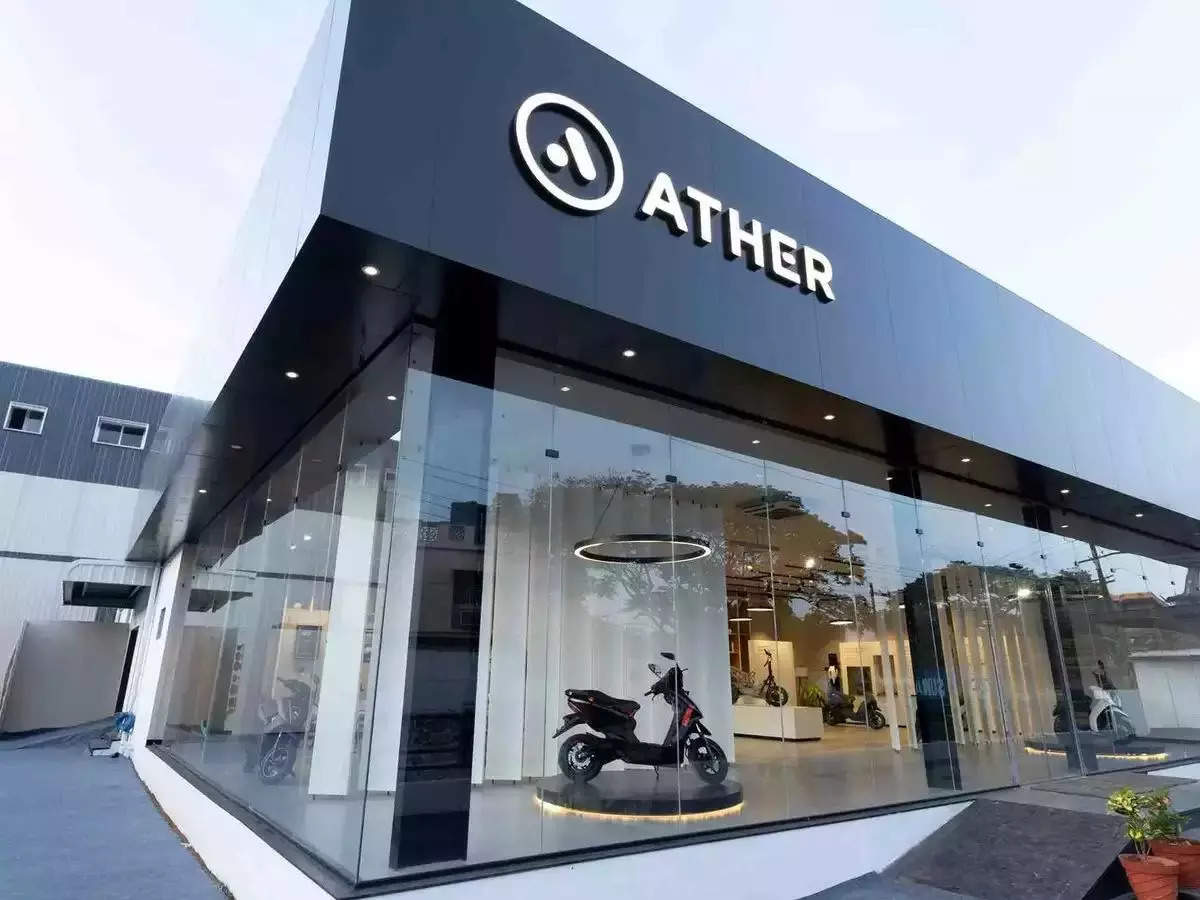
New Delhi: The biggest risk factor for any electric vehicle OEM in the foreseeable future would be adoption of alternative fuels in ICE (petrol/diesel) vehicles, since this would make the latter more fuel efficient and thus more affordable. This fear pervades the electric vehicle ecosystem regardless of product segment – in passenger cars, there are already powerful lobby groups for and against hybrids versus pure electric vehicles. While those for hybrids argue that such a technology will affect sales of ICE vehicles, those against fear the impact over pure electric vehicle sales. The debate has been reignited by electric two wheeler (e2w) OEM Ather Energy, which has listed this very possibility among risk factors in its prospectus for an initial public offer (IPO). Alongside risks such as popular perception about safety and resale value of electric vehicles (EVs), Ather has also pointed towards developments in alternative technologies for improving ICE vehicles’ fuel economy. “Developments in alternative technologies in ICE vehicles, such as advanced diesel, hydrogen, ethanol, fuel cells, or compressed natural gas, improvements in the fuel economy or other features of ICE vehicles, or lower cost of gasoline, which lower the total cost of ownership of ICE vehicles,” is a risk factor, according to the draft red herring prospectus filed with markets regulator SEBI.It is interesting to note here that Bajaj Auto, among the top three in the ICE two wheeler market and a growing phenomenon in the e2w space, has already launched a CNG motorcycle and had also earlier showcased a Pulsar which can run on ethanol blended fuel. The mileage from this CNG bike is far ahead of its pure ICE counterparts and the e2w Chetak has already catapulted Bajaj Auto to the number three spot in the e2w market, ahead of Ather.
Of course, as with electric two wheeler market leader Ola Electric, Ather has also underlined other risk factors including the availability of tax and other government subsidies and incentives to purchase and operate EVs. Ola has just successfully closed its IPO and the perceived risks from government subsidy decisions come amid uncertainty over the quantum of purchase subsidies under the ongoing schemes – the amount of subsidy has already been reduced substantially compared to 2021.
Apart from alternate fuel technologies infusing new life into ICE vehicles, the much wider distribution footprint of ICE two wheeler OEMs is also a matter of concern for e2w players. In fact, distribution muscle is one of the prominent factors in the ICE players already surging ahead of their pure electric counterparts in the e2w market share race.
Ather has said in the draft prospectus that “Certain of our competitors, including those that are incumbent ICE players, have a wider distribution reach than our company. As a result, they may have a higher rate of market penetration than us in certain markets and we may face entry barriers to successfully compete with them. Further, wider distribution networks may lead to greater brand visibility and recognition, which could entrench customers in those regions to our competitors. Extensive distribution channels may also offer better convenience to ensure higher product availability and faster delivery times, which could promote brand loyalty.”
In FY24, Ather had just 129 retail partners and one authorised distributor operating all its experience centres across India and Nepal.
Ather plans to raise INR 4,500 crore, with some existing investors, including co-founder Tarun Mehta, selling shares. The company has said it will utilise proceeds from the IPO to set up an e2w factory in Maharashtra and in research and development.
Losses gallop:
In Fy24, Ather’s losses were over INR 1000 crore on a negligible revenue growth. Revenue from operations was 1.5% lower at INR 1754 crore while loss before tax increased by a fourth to INR 1,060 crore against INR 865 crore in FY 2023. Also, a key factor of the company’s product portfolio is that all its products are above the INR one lakh mark, eve though competitors have moved to cheaper models in a bid to gain market share and stimulate overall market growth. Unless Ather also marks its presence in the lower price band with new models soon, its market share may decline. In FY 24, revenue from the sale of E2Ws was primarily dependent on the sale of just one model, Ather 450 X (3.7 kWh) which accounted for nearly a third of the topline and was priced close to INR 1.5 lakh. Capacity utilisation is also a concern.
At the Hosur facility of Ather, only 29% or a little over fourth of the installed capacity for both, electric vehicles and battery packs, was utilised. In other words, three fourths of the installed capacity lay idle and the company is already building a second facility in Maharashtra. After the second plant comes onstream, total manufacturing capacity of Ather would reach 1.42 million electric two wheelers.


